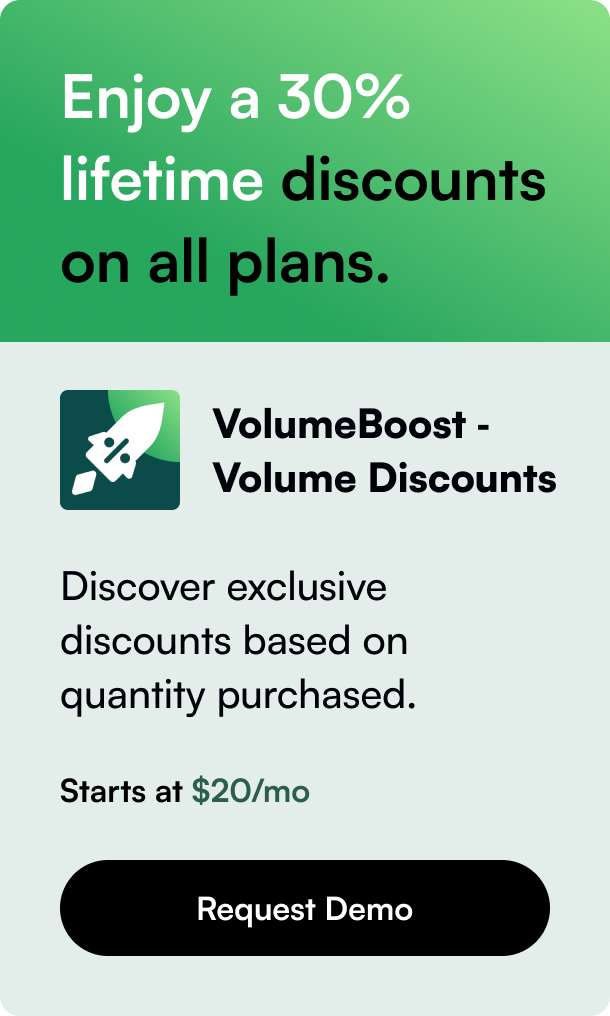Table of Contents
- Introduction
- Quick Recap: SEO and Paid Advertising
- Pros and Cons: SEO vs. Paid Ads
- SEO vs. Paid Advertising: Which is Right for Your Shopify Store?
- Decision Factors for Shopify Store Owners
- Best of Both Worlds: Combining SEO and Paid Advertising
- Practical Tips and Best Practices
- Final Advice: When to Use Paid Search vs. Organic SEO
- FAQ Section
Introduction
Launching a new Shopify store is an exciting venture, but it also comes with its fair share of challenges, particularly when it comes to driving traffic to your online store. You’ve built a beautiful website and stocked it with amazing products, but now you face a critical decision: should you focus on SEO (Search Engine Optimization) or invest in paid advertising to attract customers? This post aims to dissect the pros and cons of both strategies, helping you make an informed decision tailored to your store’s specific needs.
In this detailed guide, we will compare the benefits and drawbacks of SEO and paid advertising, explore how each can impact your Shopify store, and provide actionable insights to help you decide which approach suits your business goals best.
Quick Recap: SEO and Paid Advertising
What is SEO?
Search Engine Optimization (SEO) is the practice of optimizing your website to rank higher in search engine results pages (SERPs). The primary goal is to appear at the top of organic search results, thereby drawing more organic traffic. SEO encompasses two main components:
- On-page SEO: This includes optimizing your website's content, keywords, meta tags, and product descriptions to make it more appealing to search engines.
- Off-page SEO: This involves building backlinks from other reputable sites and leveraging social signals to bolster your site’s authority.
What is Paid Advertising?
Paid advertising, or Pay-Per-Click (PPC) advertising, involves paying for ad placements on search engines, social media platforms, and other websites. Different types of paid ads offer various benefits, some of which include:
- Search Ads: Appear at the top of search engine results.
- Display Ads: Shown on websites and within apps.
- Social Media Ads: Visible on platforms like Facebook, Instagram, and Twitter.
Pros and Cons: SEO vs. Paid Ads
SEO
Pros:
- Cost-effective in the long run: Initial investments may be high, but ongoing costs are usually minimal.
- Builds trust and credibility: Higher organic rankings inherently carry more trust.
- Higher ROI over time: Cost per acquisition decreases as you build authority.
Cons:
- Time-consuming to see results: SEO can take months to show significant improvements.
- Requires ongoing effort and updates: Constant optimization and content updates are necessary.
- Competition for top rankings: Many businesses compete for the same keywords.
Paid Advertising
Pros:
- Immediate visibility and traffic: Results are almost instantaneous.
- Highly targeted audience: Precision targeting can reach specific demographics.
- Measurable results and fast feedback loop: Easy to track and adjust campaigns in real-time.
Cons:
- Costly: Particularly in competitive niches, costs can quickly escalate.
- Results stop when the budget stops: Ads disappear once funding is halted.
- Potential for ad fatigue and audience saturation: Ads may become less effective over time.
SEO vs. Paid Advertising: Which is Right for Your Shopify Store?
Cost Analysis
The cost is often the primary concern. SEO generally requires an upfront investment in content creation and optimization but has lower ongoing costs. In contrast, paid advertising demands a continuous budget, and expenses can skyrocket in competitive industries. Over the long term, SEO tends to be more cost-effective, while paid ads provide quick results but at a higher ongoing expense.
Time to Results
SEO can take several months to yield significant results, whereas paid advertising can drive traffic almost instantly. If you need immediate visibility and quick sales, paid advertising is the way to go. SEO is better suited for businesses looking for sustainable, long-term growth.
Sustainability and ROI
SEO offers long-term sustainability; once good rankings are achieved, maintaining them involves relatively low effort and cost. Paid advertising, on the other hand, requires ongoing investment. Typically, SEO provides a higher ROI over time as the cost per acquisition decreases, whereas the cost of paid ads remains constant or can even increase.
Scalability
SEO can be scaled by expanding your content and acquiring more backlinks, which allows for organic growth. Paid ads can be quickly scaled by increasing the budget and refining targeting options, making them a flexible tool for rapid scaling.
Decision Factors for Shopify Store Owners
Budget Constraints
Assess your financial capabilities. If you have a limited budget, SEO might be a more viable long-term solution. If you have a flexible budget, paid ads can provide quick wins.
Business Goals
Align your strategy with your business objectives. Paid advertising is suitable for immediate traffic and sales, while SEO is ideal for long-term growth.
Market Competition
Analyze your competitive landscape. In highly competitive markets, paid advertising can offer quicker results, whereas SEO might take more time and effort to see significant gains.
Brand Stage
Consider the maturity of your brand. Startups may benefit more from the quick visibility provided by paid ads, whereas established brands can leverage their authority and focus on SEO.
Best of Both Worlds: Combining SEO and Paid Advertising
Rather than choosing one strategy over the other, consider integrating both for maximum impact. Paid ads can drive immediate traffic while your SEO efforts are gaining traction. Additionally, you can use paid ads to retarget visitors who initially found you through organic search, increasing conversion rates.
Insights gained from SEO can also optimize your paid advertising campaigns. Use keyword data and other SEO insights to refine your targeting, enhancing the effectiveness of your ads. This integrated approach ensures that your marketing strategies complement each other, leading to better overall performance.
Practical Tips and Best Practices
Optimizing SEO
- Optimized Product Descriptions: Ensure they are unique and engaging.
- Keyword Research: Incorporate relevant keywords strategically in titles, descriptions, meta tags, and URLs.
- Backlinks: Focus on acquiring backlinks from reputable industry websites.
- Content Creation: Create shareable content such as blog posts and videos.
Maximizing Paid Digital Ad Campaign ROI
- Set Clear Goals: Define measurable objectives like increasing traffic or sales.
- Monitor Key Metrics: Regularly track metrics like CTR, conversion rates, and ROAS.
- A/B Testing: Try different ad formats, headlines, and CTAs to see what works best.
Recommended Apps and Tools for Better SEO and PPC on Shopify
For SEO on Shopify:
- SEO Manager
- Plug in SEO
- Smart SEO
For PPC on Shopify:
- Google Ads by Conversio
- Facebook & Instagram Ads by AdEspresso
- PPC Kit
These tools can streamline your marketing efforts, enhancing the effectiveness of both your SEO and PPC strategies.
Final Advice: When to Use Paid Search vs. Organic SEO
Both SEO and paid advertising have their unique advantages and challenges. For Shopify store owners, the best approach often involves a combination of both strategies. By leveraging SEO for long-term growth and paid advertising for immediate results, you can create a balanced marketing strategy that maximizes your store’s potential.
Evaluate your needs, budget, and goals to determine the right mix of SEO and paid advertising for your Shopify store. By integrating both strategies, you can achieve both short-term wins and long-term success.
Ready to elevate your Shopify store’s online presence? Let us help you master both SEO and paid advertising strategies for maximum impact.
FAQ Section
Q1: How long does it take to see results from SEO?
A1: Generally, it can take several months to see significant improvements in SEO, depending on the competitiveness of your keywords and the industry.
Q2: Is paid advertising cost-effective?
A2: Paid advertising can be cost-effective for quick results and targeted traffic, but it requires a continuous budget. Costs can escalate quickly, especially in competitive niches.
Q3: Can I do both SEO and paid advertising simultaneously?
A3: Absolutely. Combining SEO and paid advertising is often the best approach. Paid ads can drive immediate traffic while your SEO efforts build long-term, sustainable growth.
Q4: What are some affordable tools for SEO and PPC?
A4: Some recommended SEO tools for Shopify are SEO Manager, Plug in SEO, and Smart SEO. For PPC, consider using Google Ads by Conversio, Facebook & Instagram Ads by AdEspresso, and PPC Kit.
Q5: What's the best strategy for a new Shopify store?
A5: For a new store, starting with paid advertising can provide quick visibility and sales while ramping up your SEO efforts for long-term growth. Integrating both strategies is generally the most effective approach.







